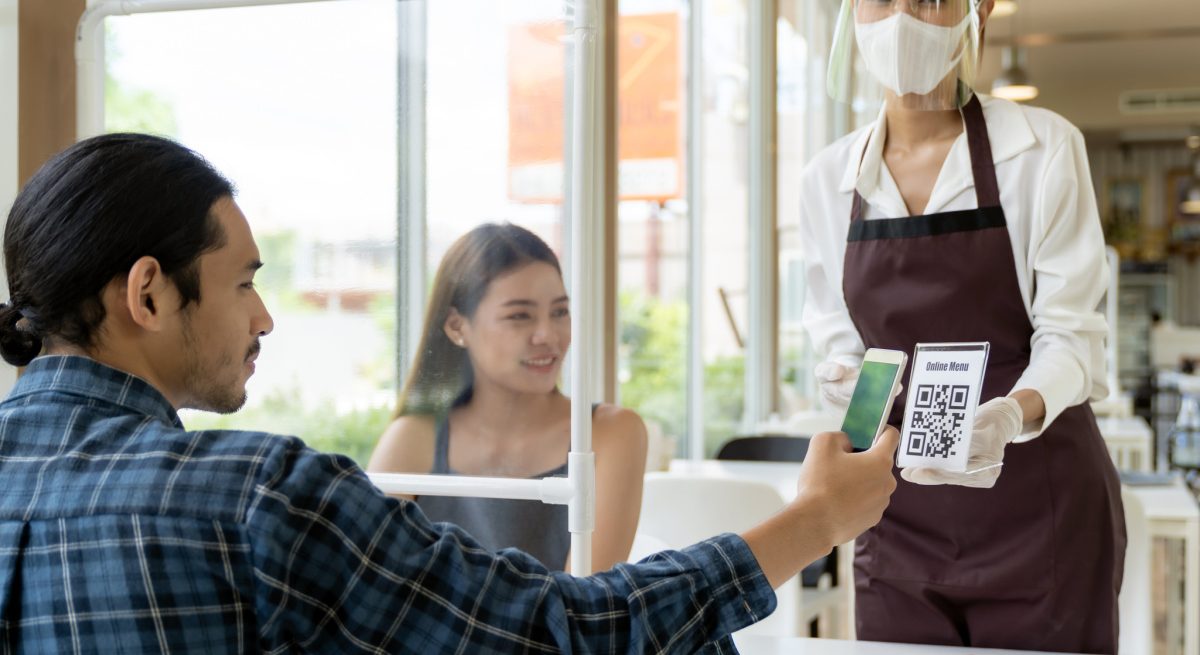MRM EXCLUSIVE: Three Ways to Bring Your ‘A’ Game to Accessibility
4 Min Read By Jack Serfass
Beyond the proven existential economic threat of COVID-19, restaurant owners and operators are facing uphill-battle challenges to their defining characteristic, accessibility.
Think about it. Anyone can come into a restaurant, enjoy a great meal and service that’s personalized to them, and enjoy a convivial experience alone, with friends and/or surrounded by strangers also seeking human contact. Until they can’t, due to physical or cognitive challenges or safety concerns (see: pandemic).
While restaurants today are essentially having to re-engineer their guest experiences for overall safety, becoming or staying accessible to everyone remains a challenge. Modernizing menus by digitizing them is a great place to start. This can help restaurants meet mandated accessibility requirements and guests’ safety concerns, while simultaneously reengineering the overall menu for a better, more modern experience.
Here are three ways that digitizing menus can help improve accessibility.
Get Rid of PDFs
Supplementing or replacing paper menus with portable document format (PDF) digital menus has been a common and easily executed solution. PDFs can be viewed on guests’ smartphones and other personal devices or on sanitized tablets provided by the restaurant (although awkwardly, plus they can quickly go out of date and don’t do much for your brand). Beyond safety, this saves on printing costs and keeps all those disposable menus out of landfills.
The downside, of course: PDFs are not inherently accessible. They can pose challenges to guests who suffer from vision, epilepsy, motor skills or cognitive problems and other conditions. While it’s technically possible to make a PDF accessibility-friendly, it requires a lot of work by restaurants and an accessibility check needs to happen every time the PDF is updated to ensure continued compliance.
It’s estimated that in 2019 more than 11,000 lawsuits were filed in federal court for violating the Americans with Disabilities Act (ADA) Title III, with estimated average settlement costs of $16,000 for restaurants and other businesses that are considered open to the public. (This doesn’t count lawsuits filed at the state level.)
Using today’s digital technologies, virtually any restaurant can modernize its high-maintenance and inaccessible PDF menus. These range from do-it-yourself (DIY) options to enterprise SaaS options, neither of which require an IT department. The core technology is often very simple and inexpensive. For example, QR codes (remember them?) can be a simple and inexpensive way to build interactivity and accessibility into digital menus.
When striving to meet accessibility mandates, look for PDF-replacement solutions for your menu that can adapt automatically for a variety of individual conditions. There are affordable, expert services that can certify that your digital menu is accessible, such as accessiBE. Pro tip: if you do all the work to certify your web site for accessibility, DO NOT link to a PDF menu. It defeats the purpose.
In the spirit of restaurants as social unifiers, one accessible menu for all means true accessibility. (Plus it will save you money and management overhead.)
Look Beyond Certification
Modern menu digitization can deliver a two-fer: accessibility and safety for all your guests and emancipation for your business.
There are some technologies that can provide a truly interactive, touchless menu experience that looks and acts like a real menu (unlike PDFs). Guests can easily and directly access your branded, up-to-date menu from their personal devices before coming to the restaurant and at table. Servers can limit their menu-wrangling with guests, while optimizing contact time to engage, answer questions, upsell or recommend wine choices. Such solutions liberate menus not only from PDFs and the constraints of web sites, but also from branded downloadable apps, many of which are falling victim to “app fatigue” among users.
Beyond menu digitization, such solutions can often improve both Front of House and Back of House operations, including the ability to do real-time updating of menus (86s become much easier) and to exploit day parts. Marketing benefits include the ability to do A/B menu testing and easier social sharing for guests (via single-click sharing of your menu).
Capitalize on Accessibility for Marketing
If you’ve digitized your accessible menu properly, the elements become granular and more easily monetizable. You can use operational data and analytics to track those individual assets. When you have a digital-menu “conversation” going with your guests, they leave digital breadcrumbs: Use them to build sales.
Examples include identifying and marketing popular items such as iconic cocktails or signature entrees via special instant offers; or even offering personalized, on-the-spot coupons or gift certificates for individual items guests have just consumed or for a packaged experience (“Wine Wednesdays”). Further, you can mobilize day parts and your omni-channel capabilities to sell more, including offers for discounts on take-out or pick-up options.
A good digital menu will open your world up to other technology when you’re ready, via adoption and integration with near-field communications (NFC) and touchless payment systems.
The cloud is your friend. Technologically, digital-menus-as-a-service is an equalizing force that can scale to your business and ambitions.
As a first-time restaurateur years ago, I learned that people, product and place make the restaurant experience. As a technologist, I’ve seen how digitizing menus can help restaurants overcome some of the fundamental guest-experience challenges facing operators, particularly post-COVID. In doing so, restaurants can reclaim their birth rite of accessibility and meet mandates, while reinventing and right-sizing the dining experience.


